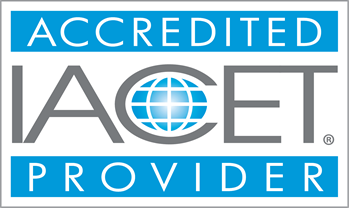Price: $69.99
16-HOUR EM 385-1-1 TRAINING
With this extensive 16-hour EM 385-1-1 training program, you can comply with the strict safety regulations set out by the U.S. Army Corps of Engineers (USACE). The 2024 EM 385-1-1 handbook's essential health and safety requirements are covered in basic detail in this course. It can provide your staff the confidence to go about building sites on Army Corps projects and military locations.
Course Modules - (24)
Gain PDH Credits and Empower Your Employees
With the help of this extensive 16-hour EM 385-1-1 training program, your team will get the essential safety knowledge and abilities required to succeed on government and military projects. Safety experts with PDH can gain important credits to keep their certificates current.
This comprehensive curriculum ensures learners have a full grasp of USACE safety criteria that are in line with the 2024 EM 385-1-1 document. Important areas of concern are as follows:
Overview of EM 385-1-1: Participants will have a thorough understanding of the manual's structure, objective, and important safety concepts.
Safety Roles and Responsibilities: The purpose of this module is to provide clarification on the duties and responsibilities of Site Health and Safety Officers (SSHOs) and other staff of project safety.
Risk Assessment & Hazard Identification: Participants will acquire practical techniques for spotting possible risks on the job site and putting risk-reduction plans.
Critical emergency response methods, such as fire response, evacuation procedures, and first aid.
Personal Protective Equipment (PPE): a deep understanding of proper PPE selection, use, and maintenance.
Learning Outcomes:
- Understand safety protocols in the workplace.
- Recognize potential hazards and mitigate risks.
Completion Requirements:
- 100% appearance for the course
- Fully involvement in all class trainings (determined by instructor)
- Completion of Continuing Education and Training Registration Form
- Completion of mandatory quiz assessments
- As applicable, attainment of least passing score on required end-of-course examination
- Participation and submittal of end-of-course assessment form (must provide name on form to obtain credit)
Key Objectives Of Course
Acquire knowledge about fall arrest equipment usage, safe work procedures at heights, and fall protection systems.
Recognize the special risks, how to enter them, and rescue methods.
Learn how to handle, store, and dispose of hazardous items properly.
Acquire knowledge about lockout/tagout protocols, safe work practices around electricity, and electrical risks.
Recognize the risks associated with excavation operations, as well as appropriate shoring methods and safe trenching procedures.
Appropriate methods for recording safety events.


